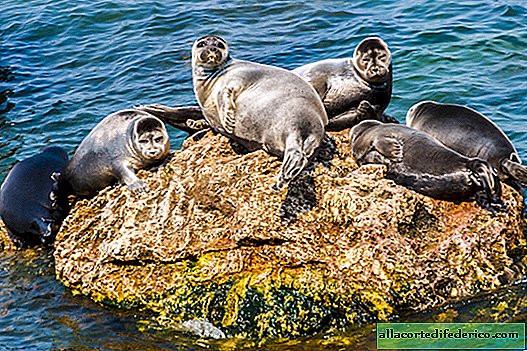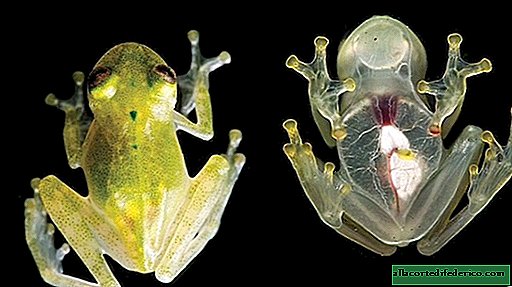How seals appeared in Lake Baikal
Representatives of the seal family are widely distributed around the globe. Their concentration is especially high in the northern latitudes, since the lifestyle of many of them is closely related to the ice cover. But among this family there are also freshwater seals inhabiting inland water bodies with fresh water. One of these species is the Baikal ringed seal.
This species of freshwater seals is found only in Lake Baikal, that is, it is endemic. The Baikal seal is considered a relic of the Tertiary era, miraculously preserved to this day. The main range is concentrated in the northern and central parts of the lake, and mass rookeries are located in the Ushkany Islands. Seals feed mainly on small fish: a golomyanka and a Baikal bull. Seal growth lasts up to 15-19 years, and the size of adults reaches 165 centimeters in length. The life expectancy of Baikal seals is about 55 years. One of the amazing features of these animals is that seals can sleep under water and go without air for 20-25 minutes.

Seals are very smart and even cunning animals. Some of them resort to an interesting trick. In order to free itself a convenient place on the shore, the seal smacks fins on the water, imitating the sound of a rowing boat. The frightened relatives jump into the water, and the witty joker takes up a vacant place in the sun. Local fishermen also note the ingenuity of these animals. Seals, noticing fishing boats, follow them on the heels to track where people put the nets, and then eat the omul. Baikal seals, along with dolphins, belugas and fur seals are perfectly trained and participate in various water performances.

The closest relatives of the Baikal ringed seal are ringed seals living in the seas of the Arctic Ocean and on the coast of the Far East, as well as freshwater seals of the Caspian Sea. But to the Arctic Ocean from Baikal more than 2,500 kilometers. And throughout this space there are no other species of seals. How did it turn out that the Baikal seals were so far from their marine relatives? There are two opposing points of view on this issue. Some scientists are inclined to believe that seals got into Baikal during the last ice age from the Arctic Ocean, like the other endemic of the lake - Baikal omul. But opinions regarding the path of their migration were also divided. A number of researchers believe that these were the Yenisei and Angara rivers, while others believe that the Lena River previously flowed from Lake Baikal and that seals could get into the lake along it. But a few scientists believe that seals appeared in the freshwater bodies of Eurasia, and then settled in other bodies of water. According to some reports, seals about 200 years ago lived in Lake Baunt, which is located east of Lake Baikal, on the territory of Buryatia. But modern science does not yet have evidence of these facts, as well as theories of the appearance of seals in Baikal. Of course, the most likely is the penetration of seals from the ocean along the rivers. Once in Baikal, she found suitable deep-sea spaces for herself, like in the ocean, and a sufficient food supply.
Despite the ambiguity in the appearance of this species in the lake, the Baikal seal is thriving here. The ban on its production allowed to increase the number of individuals to 100-120 thousand. And these cute animals attract thousands of tourists to Lake Baikal who come to admire the seal, mainly in the Ushkany Islands area in the Zabaykalsky National Park. Especially many Baikal seals are here in June. If you are lucky enough to get to Baikal, try to see Baikal seals. This will be perhaps the most vivid impression of a visit to the lake.


















